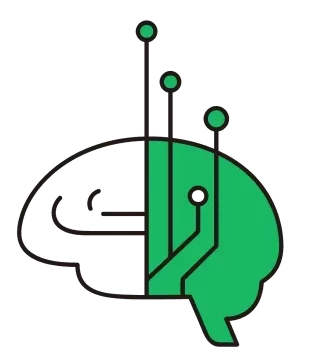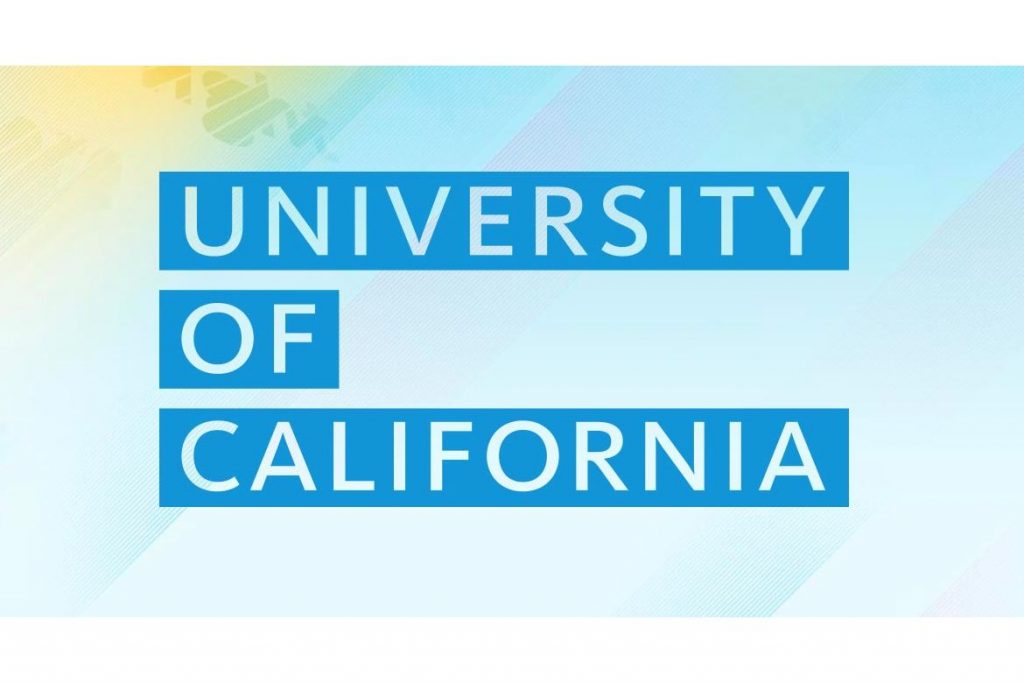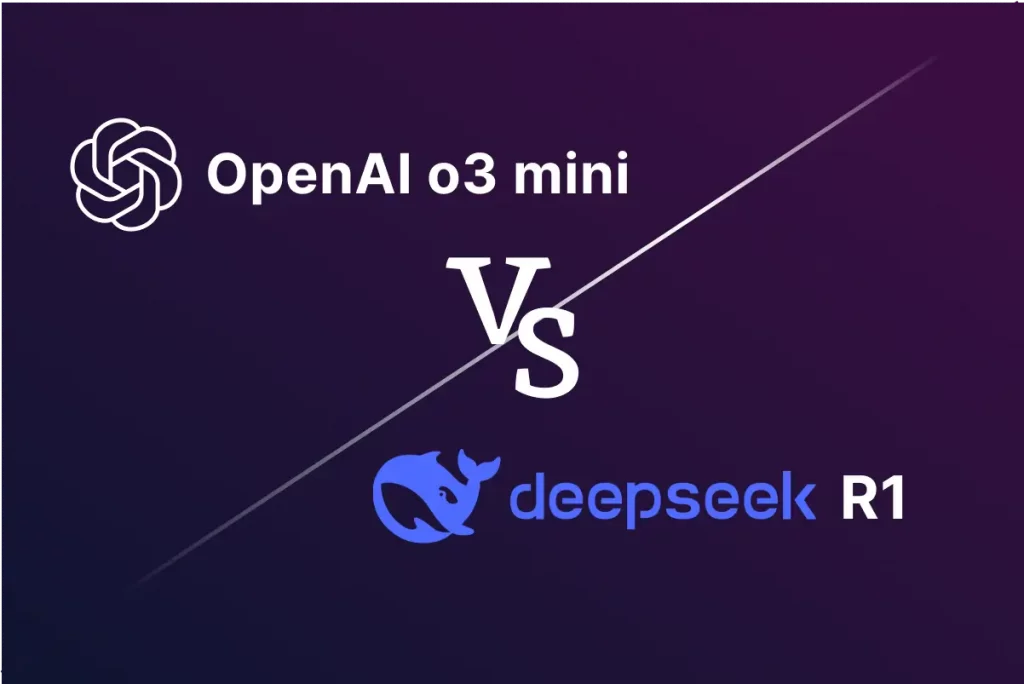杰瑞·韦的斯坦福录取申请案例 | 深度解析
斯坦福大学的录取一直以其严苛的标准和低录取率闻名。每年,成千上万的全球申请者争夺有限席位。在本案例中,我们将深入解析杰瑞·韦的完整申请材料,包括他精彩的个人论文、课外活动以及短回答内容,同时展示斯坦福招生官针对他的评价与录取决策。
招生官评价与文件简介
“杰瑞展现了强烈的学术动力和对计算语言学的深厚兴趣。他的申请体现了极高的知识活力(Intellectual Vitality)和创新性,尤其是在语言学和机器学习领域。他是本年度限制性早申请(REA)池中的最好之一。”
完整申请表信息及成绩
教育背景
School: Oakton High School, Vienna, VA
GPA: 4.826 / 4.0 (加权)
Graduation Date: June 2021
Additional College Course:
Northern Virginia Community College (09/2019 - 06/2020)
Completed college-level advanced math courses.
测试成绩
SAT: Total 1560
- Evidence-based Reading and Writing: 770
- Math: 790
SAT Subject Test:
- Math Level 2: 800
AP Scores (11门科目满分5分):
- Physics C Mechanics, English Language, Calculus BC, Statistics, Computer Science A,
Music Theory, Chinese Language, World History 等
课外活动清单
以下是杰瑞列在申请表中的完整课外活动列表:
- Research Intern:
达特茅斯学院 (Dartmouth College), 10-12年级
开发机器学习算法用于结直肠癌检测,并在顶级学术会议发表两篇论文。 - Computational Linguistics:
自主研究,10-11年级暑期项目
创建20,000+文章数据集,用于检测政治新闻中的隐藏偏见; 研究项目最终在 Intel 国际科学与工程博览会 (ISEF) 上获得第4名。 - Linguistics and Machine Learning Blog:
10-12年级
撰写20篇关于计算语言学和机器学习的博文,博客累计阅读量达 150,000 以上; 获选“Medium人工智能50位顶级博主之一”荣誉。 - President of Machine-Learning Club:
11-12年级
领导俱乐部活动,涵盖机器学习在医学、个性化数据保护中的应用。 - Powerlifting:
9-12年级
达到美国举重标准,以148磅体重达成个人纪录: 深蹲 275磅,卧推195磅,硬拉295磅。 - Popeyes Cashier:
高中12年级,总工时 15 hr/week during summer break
暑期打工存学费。 - Model United Nations Vice President:
9-12年级
领导10+模拟联合国会议规划,提高俱乐部参与率。 - Member of ACL (Association of Computational Linguistics):
参与讨论计算语言学研究,形成后续高校研究方向灵感。 - Academic Coursework:
完成Coursera和MIT课程 (例如:Neurolinguistics等)。
完整个人作文:个人论文 (Main Essay)
补充短回答 (Stanford Short Essays)
Short Essay 1: 分享一个让你兴奋的学习经历
Short Essay 2: 写给未来室友的信
Short Essay 3: 对你有意义的东西以及原因
招生官对面试的总结
杰瑞提到了他对语言学和机器学习的热情,同时表达了希望在斯坦福开展更高深研究的目标。他希望未来通过学术和研究解决因算法偏见导致的社会问题。
斯坦福招生官总结:为什么杰瑞被录取?
1. 思想活力 (IV) 与学习热情
杰瑞表现出了非凡的求知欲,特别是在计算语言学和机器学习领域。他的申请材料反映了他对研究的强烈热情,以及超越课堂的探索精神。在他的个人论文中,他通过受乔治·奥威尔的《1984》启发,将语言学与计算机科学联系起来,讨论现代社会中的新闻偏见问题,这展现了他思维的深度。
2. 卓越的学术表现与考试成绩
杰瑞的 GPA 为 4.826(权重制),在高中中名列前茅。他的 SAT 成绩为 1560(阅读与写作 770,数学 790);SAT 科目考试数学二级满分 800,11 门 AP 考试全部取得满分。他在 10 年级修完高中数学课程后,又在社区大学完成高级数学课程,展现了他对学术的高度追求。
3. 突破性的研究与课外活动的深度影响
- 杰瑞通过开发 政治偏见新闻检测算法研究,分析了 20,000+ 新闻数据集,获得了 Intel 国际科学与工程博览会 (ISEF) 第 4 名。
- 他还开发了 COVID-19 问答系统,该研究被邀请在顶尖计算语言学大会 ACL 上演讲。
- 作为博主,他撰写了 20+ 篇语言学和机器学习的博文,总阅读量达 150,000,并获得了 “AI 顶级博主” 的荣誉称号。
- 担任机器学习俱乐部主席,他组织和领导了关于人工智能在医疗健康与数据安全领域应用的讨论。
4. 将学术与现实社会问题紧密结合
杰瑞将语言学和计算机科学的学术研究与现实社会问题紧密结合,特别是在减少人工智能算法偏见和解决社会不公平方面。他在论文和短回答中提到过,他致力于通过 AI 技术推动社会公平发展,这与斯坦福注重社会道德和责任的价值观完美契合。
5. 强大的个人故事与难忘的作文
他的申请作文将学术深度与人格魅力巧妙结合。他的主文书以乔治·奥威尔的《1984》为引入点,探讨了语言与计算机科学的交集,同时展示了他对社会议题的洞察力。而他的“室友信”则从轻松幽默的角度展现了他的多面性,例如他对语音学、计算机科学的热情和力量举重的兴趣。
6. 坚韧的毅力与领导力
他通过担任机器学习俱乐部主席和模拟联合国副主席体现了杰出的领导能力。杰瑞的努力不仅影响了自己,也扩展到了身边的同学。例如,他将俱乐部参与会议的频率从 1 次增加到 5 次




